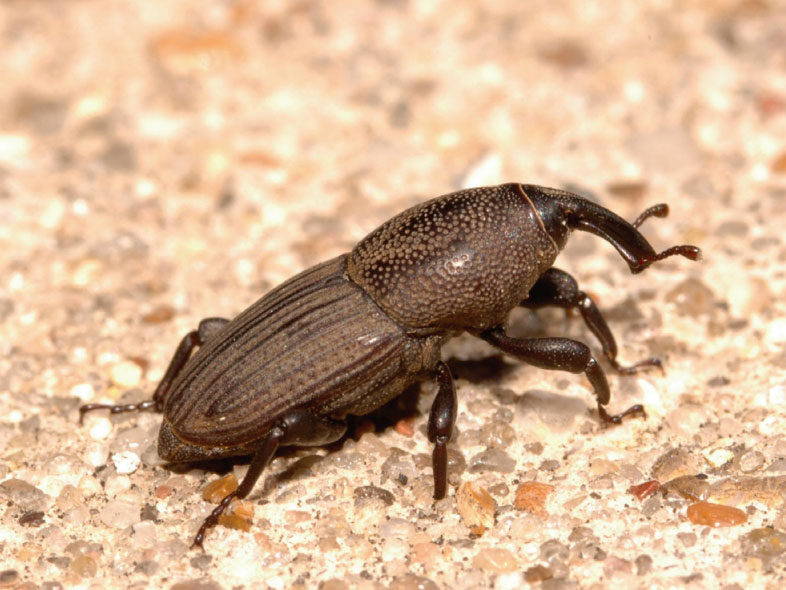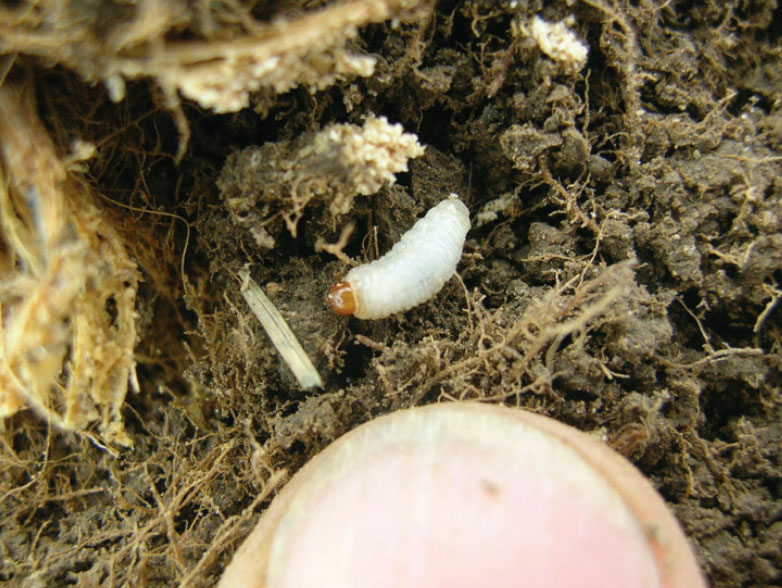What Is A Billbug?
It is important to be able to identify the adult and immature billbugs so you can detect them early, before extensive damage occurs.
Appearance

Billbug Larvae

White grubs and billbug larvae can often get confused for each other. Remember, white grubs are c-shaped, creamy white, with dark heads and defined legs. They can be up to an inch long when full grown and live in the soil feeding on roots of the grass. Billbug larvae are legless and not c-shaped.




